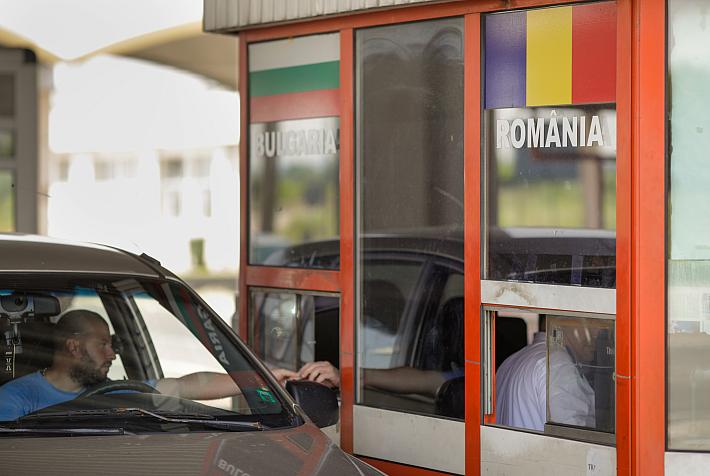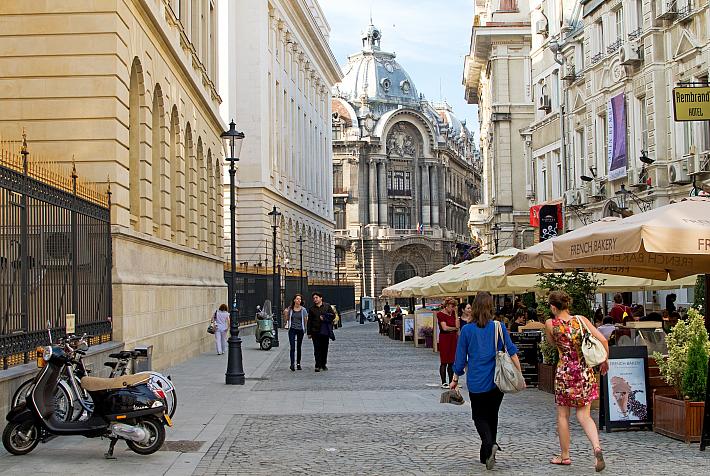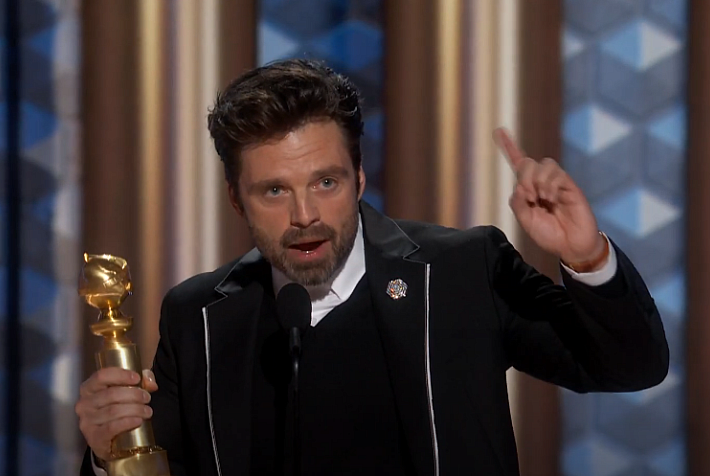Romania’s deal with international creditors is hanging by a thread

Romania’s agreement with the International Monetary Fund and European Commission continues, Finance Minister Eugen Teodorovici announced on Tuesday, July 14, after the EU finance ministers’ meeting (ECOFIN) in Brussels.
The European Commission sees things differently. Valdis Dombrovskis, the European Commission’s vice president, said that Romania’s Balance of Payments programme has derailed, but that the EC was willing to resume talks with the Romanian authorities.
The IMF, CE and World Bank apparently wanted to officially end the agreement with Romania, according to sources familiar with the situation quoted by Digi 24 news station, but they decided not to do this because of the situation in Greece.
Romania is currently at its third pre-cautionary assistance programme with the IMF and the EC, since 2009. The current programme started in July 2013 and ends in September 2015. Romania didn’t draw any money as part of this programme.
The programme went off track one year ago, when the Romanian Government started its fiscal relaxation project, by reducing the social security tax rate by 5 percentage points. The Government continued this year by cutting the VAT rate on food from 24% to 9% starting June 1. Other tax cuts are part of the new fiscal code, which was recently approved by the Parliament. These include the general VAT rate cut from 24% to 19% starting January 2016. On the other hand, the Government has increased salaries in the public sector for various categories and plans to continue with this.
These changes haven’t been well received by the international financial institutions, who have asked the Government to find compensatory measures and not let the budget deficit soar. The Finance Minister initially said that Romania will have a budget deficit of under 3% of the GDP next year. Then he nuanced his statement saying that the Government will try to build its budget on a 1.2% deficit as agreed before with the IMF and EC, with an extra buffer of 0.5% of GDP. The international creditors are not convinced that Romania will be able to do this.
“Related to fiscal evolutions, we see a clear deviation in the Romanian Government’s plans tied for example to cutting the VAT rate by 5 percentage points, to 19%. We estimate that next year Romania’s budget deficit could reach 3% of the GDP. This is not a reassuring signal for markets,” said Valdis Dombrovskis, cited by local Agerpres.
Romania’s President Klaus Iohannis hasn’t signed the new Fiscal Code yet and may decide to send the law back to the Parliament for changes.
editor@romania-insider.com












